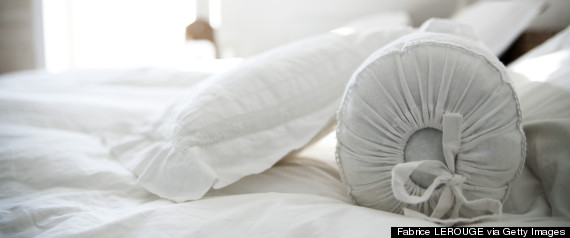Festival of the Thread is a happening in Montana!
How exciting to have this event
At the Shane Lalani Center
for the Arts in Livingston, Montana. September 2 through 4, 2016
Livingston's Shane Lalani Center for the Arts will host the third annual “Festival of the Thread”, an exhibition of textile art that takes place September 2nd, 3rd and 4th at the Shane Center. Featured will be works in fiber and decorative arts including: quilts, mixed media textile art, weaving, batik, knitting, fashion and furniture. This unique juried exhibition will showcase textile and decorative arts by artists from Montana, Idaho & Wyoming. All the artists represented in “The Festival of the Thread” have been recognized for mastery of their craft and bring a diversity of styles and mediums to this unique exhibit. Also this weekend the Shane Center will be expanding the venue to include a full weekend of live music, Montana Shakespeare in the Parks, and food vendor Friday, Saturday & Sunday.
for the Arts in Livingston, Montana. September 2 through 4, 2016
Livingston's Shane Lalani Center for the Arts will host the third annual “Festival of the Thread”, an exhibition of textile art that takes place September 2nd, 3rd and 4th at the Shane Center. Featured will be works in fiber and decorative arts including: quilts, mixed media textile art, weaving, batik, knitting, fashion and furniture. This unique juried exhibition will showcase textile and decorative arts by artists from Montana, Idaho & Wyoming. All the artists represented in “The Festival of the Thread” have been recognized for mastery of their craft and bring a diversity of styles and mediums to this unique exhibit. Also this weekend the Shane Center will be expanding the venue to include a full weekend of live music, Montana Shakespeare in the Parks, and food vendor Friday, Saturday & Sunday.


























